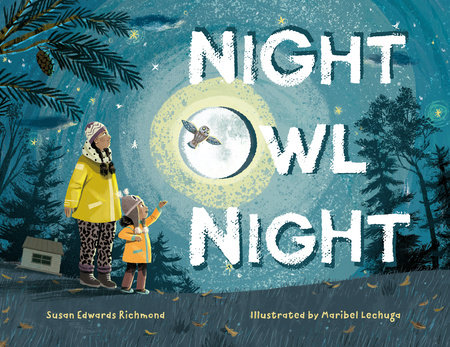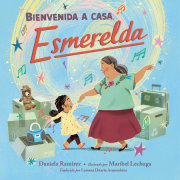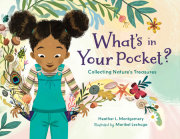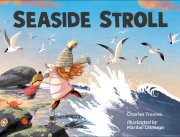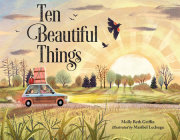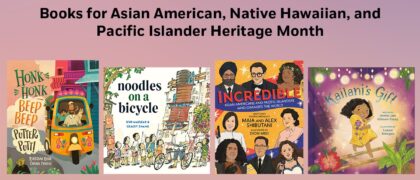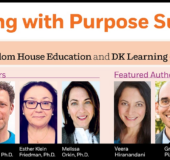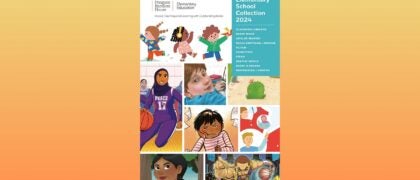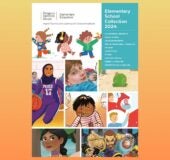Come along on this 21st-century version of Jane Yolen and John Schoenherr’s Owl Moon (1987).
Every October, Mama, an ornithologist, ventures out at night to band migrating saw-whet owls captured in mist nets. Each October, young Sova asks to accompany Mama, wailing, pleading, and hooting like an owl. Every time, Mama uses the name of an owl species as an endearment: “Not yet, Sova, my little screech owl.” Mama is consistently patient, reminding her, and readers, “Sometimes a scientist must wait.” Finally, Mama allows Sova to come along. This charming introduction to a scientist’s work is child-centered, focused on Sova’s eager anticipation, difficulty staying awake on the long-awaited night, and engagement with the owls’ world. In Lechuga’s textured illustrations, the light from the pairs’ headlamps pops beautifully against the darkness of the night. The youngster’s fascination with owls is demonstrated early through an owl drawing, a stuffed owl toy, and an owl costume. All the tools and equipment used in the capture and banding are shown in the artwork and explained in the text. The final spread, as Sova gradually follows and imagines becoming an owl, is particularly effective. The narrative concludes with short descriptions of the owls mentioned, including QR codes to listen to their calls as well as an author’s note about data collection. Mama and Sova are brown-skinned.
Child-friendly, gently informative, and wonder-full. (further reading, websites)
—Kirkus Reviews, starred review
Sova’s Mama, a bird scientist, studies migrating saw-whet owls, and Sova pleads to accompany her on October nights. “Soon, my great horned owl. Soon,” Mama promises. Digital art by Lechuga makes Sova’s enthusiasm clear; the narrating child is dressed in an owl costume. At last, Mama says yes. Equipped with headlamps, they check a mist net for owls, but see none. “To be a scientist, you must learn to wait,” Mama repeats, setting Sova—and readers—up for a slow reward. The two, both portrayed with brown skin, check again and again, at last spotting an owl, and Edwards Richmond describes them examining the small creature, detailing its height and weight, and establishing its age before they band it and send it on its way. An exciting, documentary-style account that portrays a researcher as both parent and professional, this is a fine experiential telling. Back matter concludes. Ages 4–8.
—Publishers Weekly

